Syricoris lacunana
([Denis & Schiffermüller], 1775)
-
 Subfamily: Olethreutinae, Olethreutini
Subfamily: Olethreutinae, Olethreutini -
 Wingspan: 14-18 mm
Wingspan: 14-18 mm -
 Flight period: May - Sep
Flight period: May - Sep -
 Spread: Common
Spread: Common -
 Host plants: Polyphagous
Host plants: Polyphagous
Information
The Syricoris lacunana whose common name is Dark Strawberry Tortrix is a moth of the Tortricidae family
previously known as Syricoris lacunana with a wingspan of 14- 18 mm.
It is distributed throughout Europe with the exception of Ukraine. *
Its range extends to Kashmir, China, eastern Russia, Korea (single registration) and Japan. ***
In Italy it is absent from Sicily. *
The front wings of Syricoris lacunana have a creamy white background color, with a faint olive shade; it also has brown / blackish markings
diffused and shaded in pale olive color; the outer edge is irregular, with a deeper groove in the central area.
The median band is wide, partially interrupted on the inner edge by a longitudinal earth-colored stripe, which extends to the nearby outer edge. **
The hind wings are gray in color, with pale fringes, shaded in the vertex area in a darker gray. **
There are a few variations: The general coloring and markings of the front wings show a wide range of minor variations. Very light colored specimens are reported,
as well as dark forms, or strongly marked or blackish samples even almost mono-colored. ***
“Bradley et al., 1979”, also cites dwarf forms, in the UK. ****
The larvae feed between the leaves closed by silky threads or in the young shoots and / or flowers of herbaceous plants.
The last generation of larvae, found in September and October, overwinters in this stage on the plant, in leaves closed by silk threads, in the shoots
and in the flowers of a wide range of herbaceous plants.
Sometimes it is considered an important pest of the strawberry, damage to the same is caused by the larvae that feed on the leaves closed by
silk threads or in the young shoots and particularly in the flowers. The larvae are also known as parasites of ornamental garden plants. ****
It is a fairly common species and can often be seen, if disturbed, during the day in the vegetation along wooded fringes, grassy fields and hedges.
Predominantly crepuscular and / or nocturnal, it is often attracted to artificial light.
The eggs have a lenticular shape and are deposited in batches of two or three on the upper surface of the leaves, along the veins.
They hatch after about 10 days, letting out the larvae that grow up to 14 mm in length.
Syricoris lacunana larvae have a brown / yellowish head that turns brown, laterally marked black, or sometimes completely black.
The prothorax varies from yellowish-brown to black, bordered on the front in gray; the abdomen whose color varies depending on the food plant may have these colors:
light yellow, cream, green, greyish white, dark brown to blackish brown, usually with a darker topline; whitish bristles, black spiracles;
paws from yellowish cream to brown or black.
The pupa has a bright dark brown or blackish color. **
Nymphosis occurs at the base of the plant between the dry leaves.
Practically polyphagous species, the larvae have been reported on the following plants:
Anthriscus, Artemisia vulgaris, (mugwort), Filipendula sp. (filipendula), Artiplex, Betula (birch), Caltha,
Chenopodium, Chrysanthemum sp., Cirsium sp., Epilobium, Daucus sp., Fagus (beech), Filipendula ulmaria, Fragaria sp. (strawberry sp),
Hibiscus syriacus (Chinese hibiscus), Humulus (hops), Inula, Lamium, Larix (larch), Ligustrum (privet), Lysimachia sp., Malus sp. (Apple tree),
Martricaria, Mentha sp. (mint), Ononis sp., Picea sitchensis (spruce), Pteridium aquilinum, Ranunculus (buttercup),
Rubus Caesius, Rubus idaeus (raspberry), Salix sp. (willow), Sanguisorba, Spiraea, Succisa, Urtica (nettle), Vicia (vetch).
* Lepidoptera mundi https://lepidoptera.eu/ - Fauna Europea https://fauna-eu.org/
** Bestimmungshilfe für die in Europa nachgewiesenen Schmetterlingsarten - http://lepiforum.de/
*** http://eurasian-tortricidae.linnaeus.naturalis.nl
**** (Bradley et al., 1979)
***** (Alford, 1995)
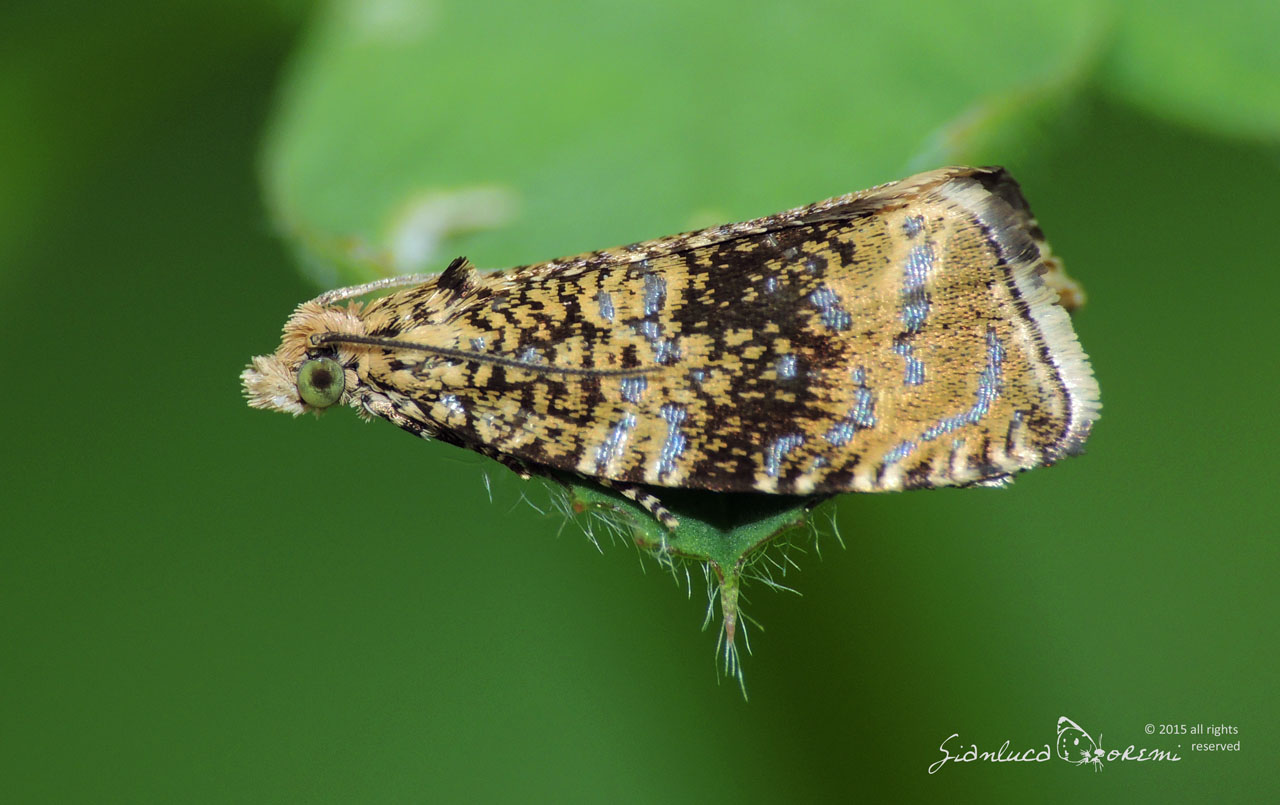
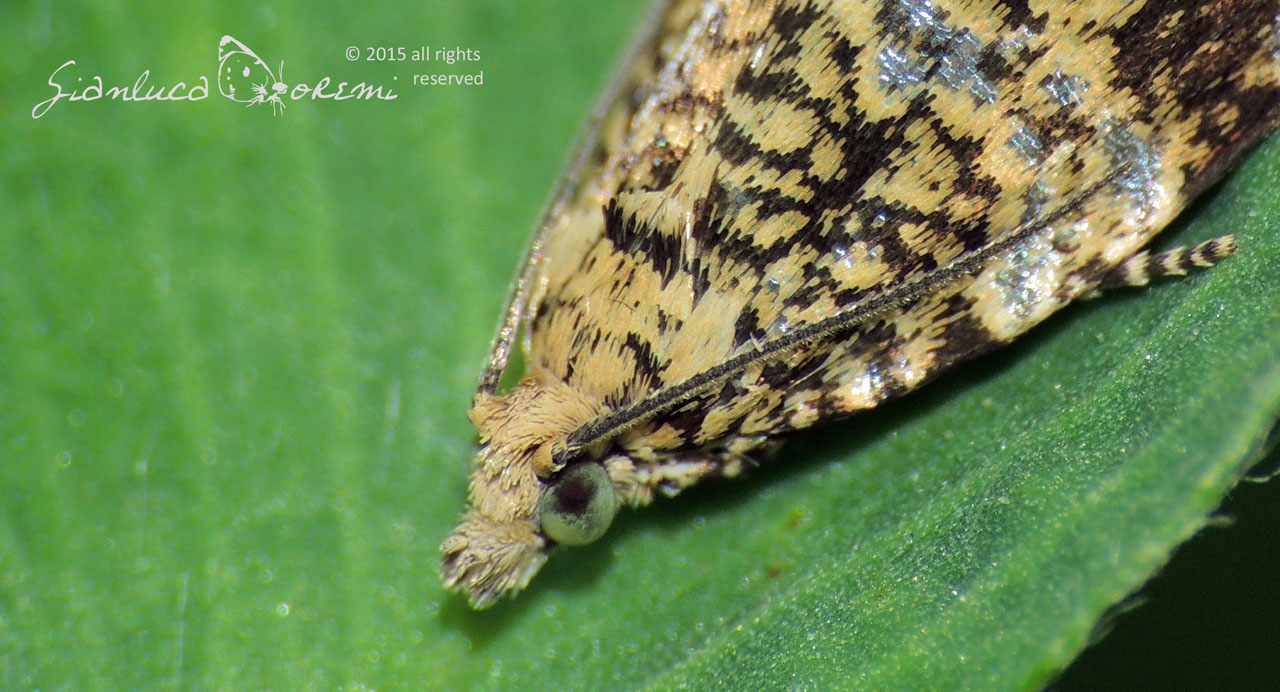
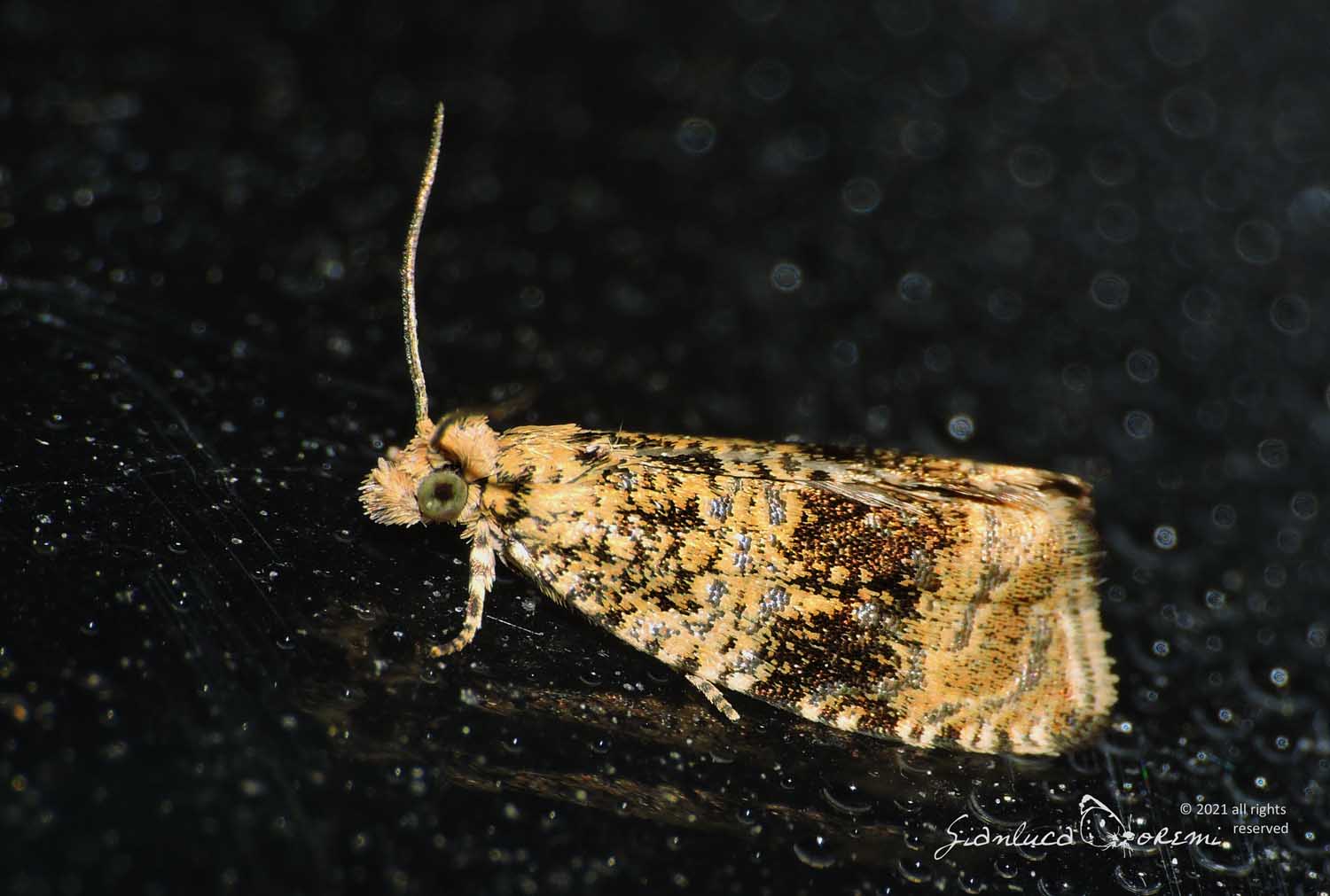
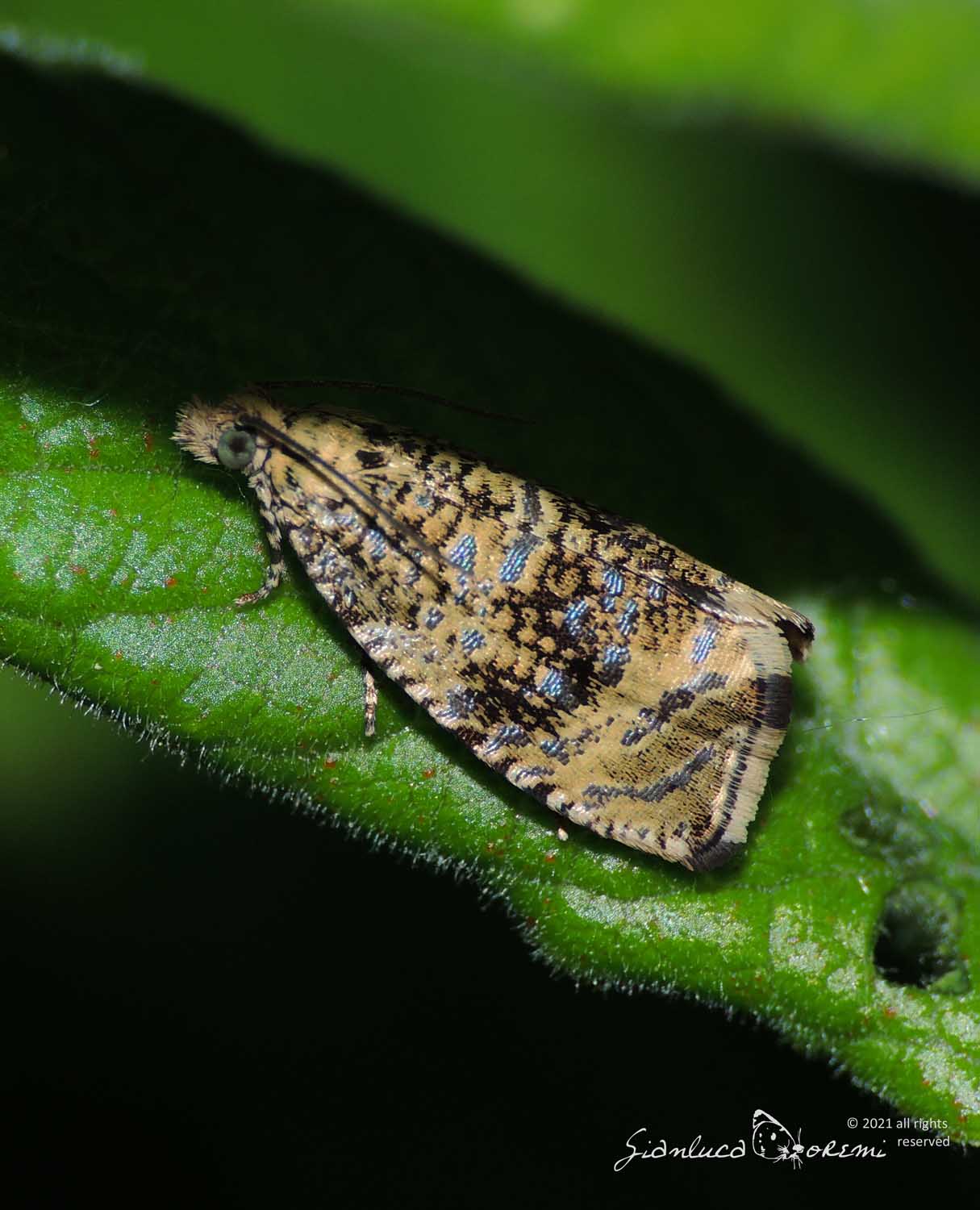
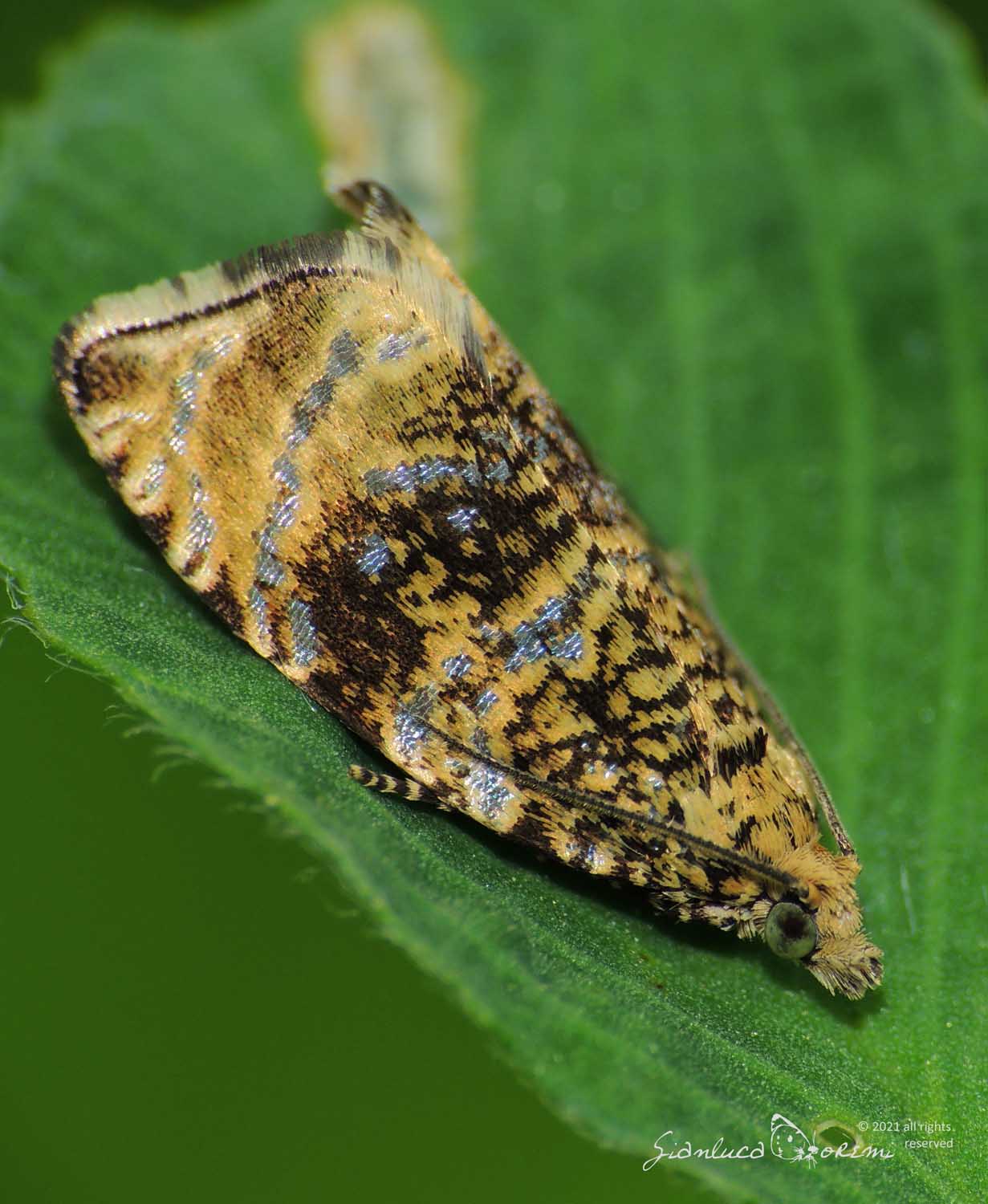
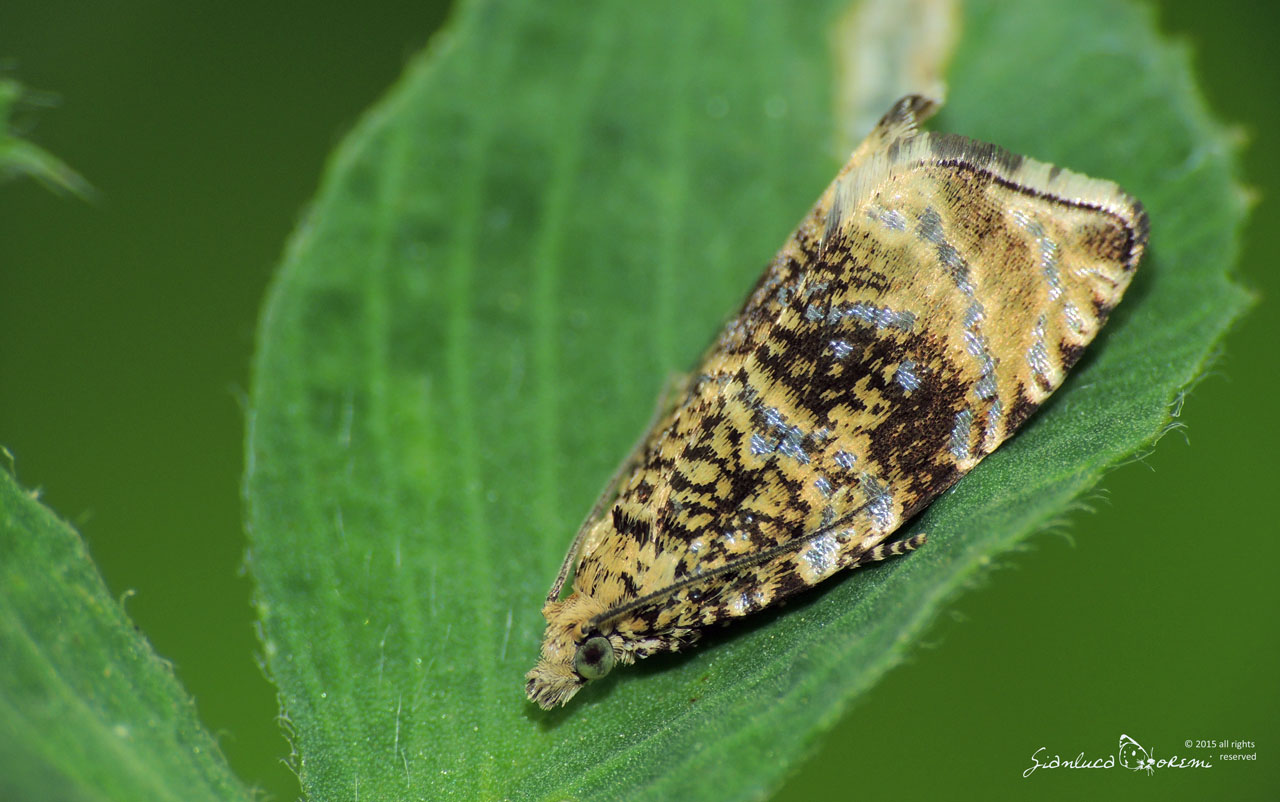
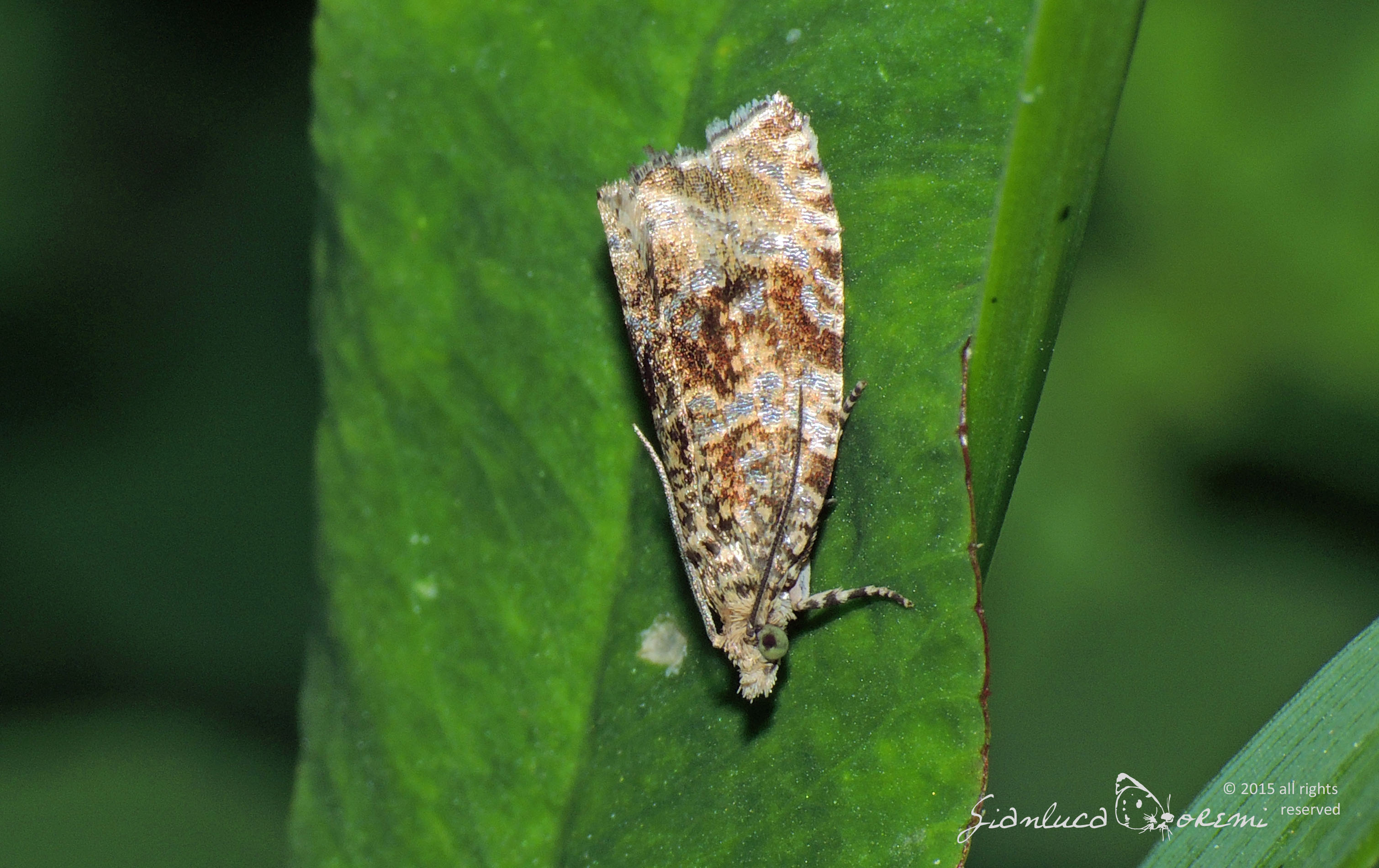
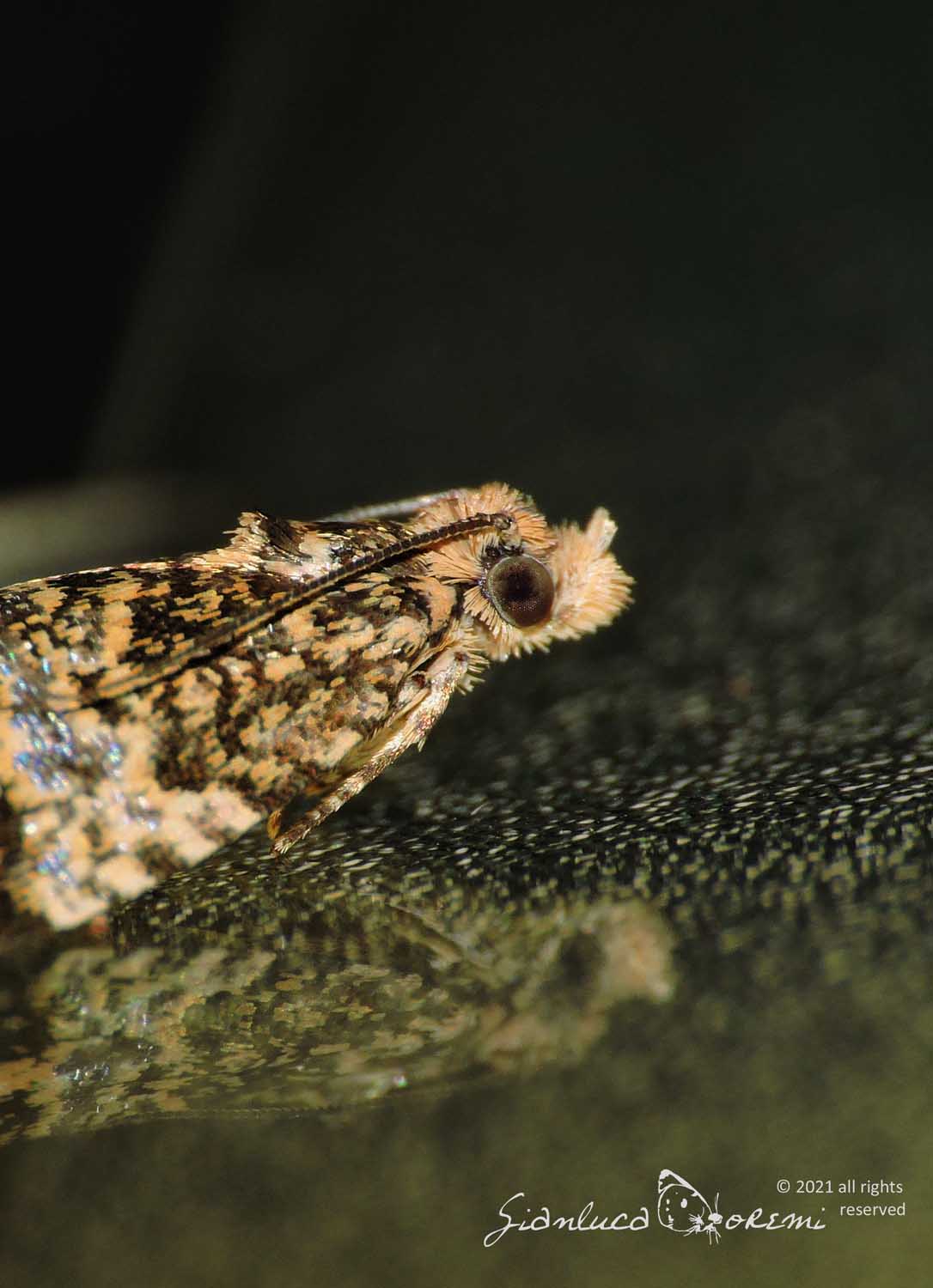
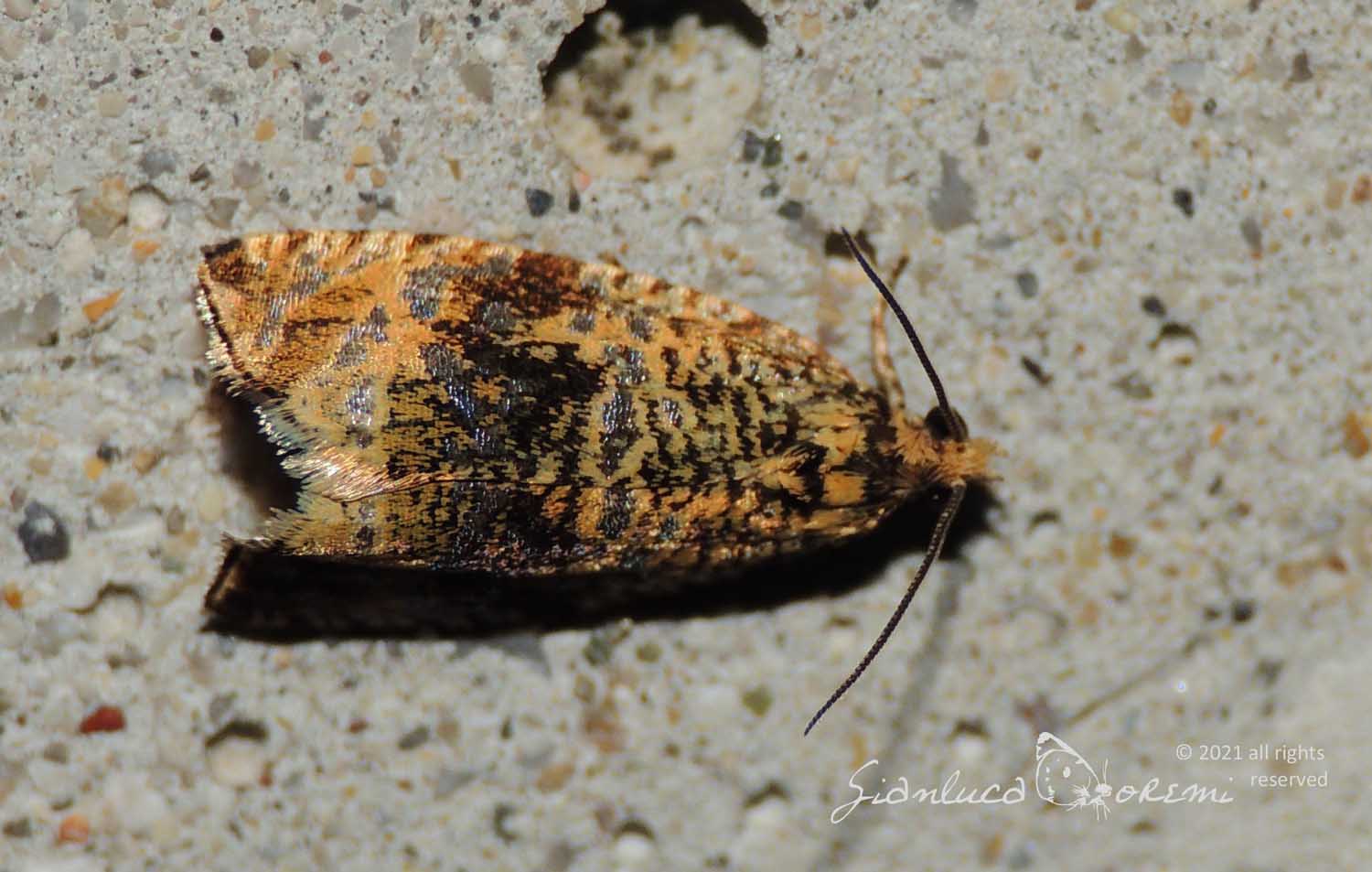
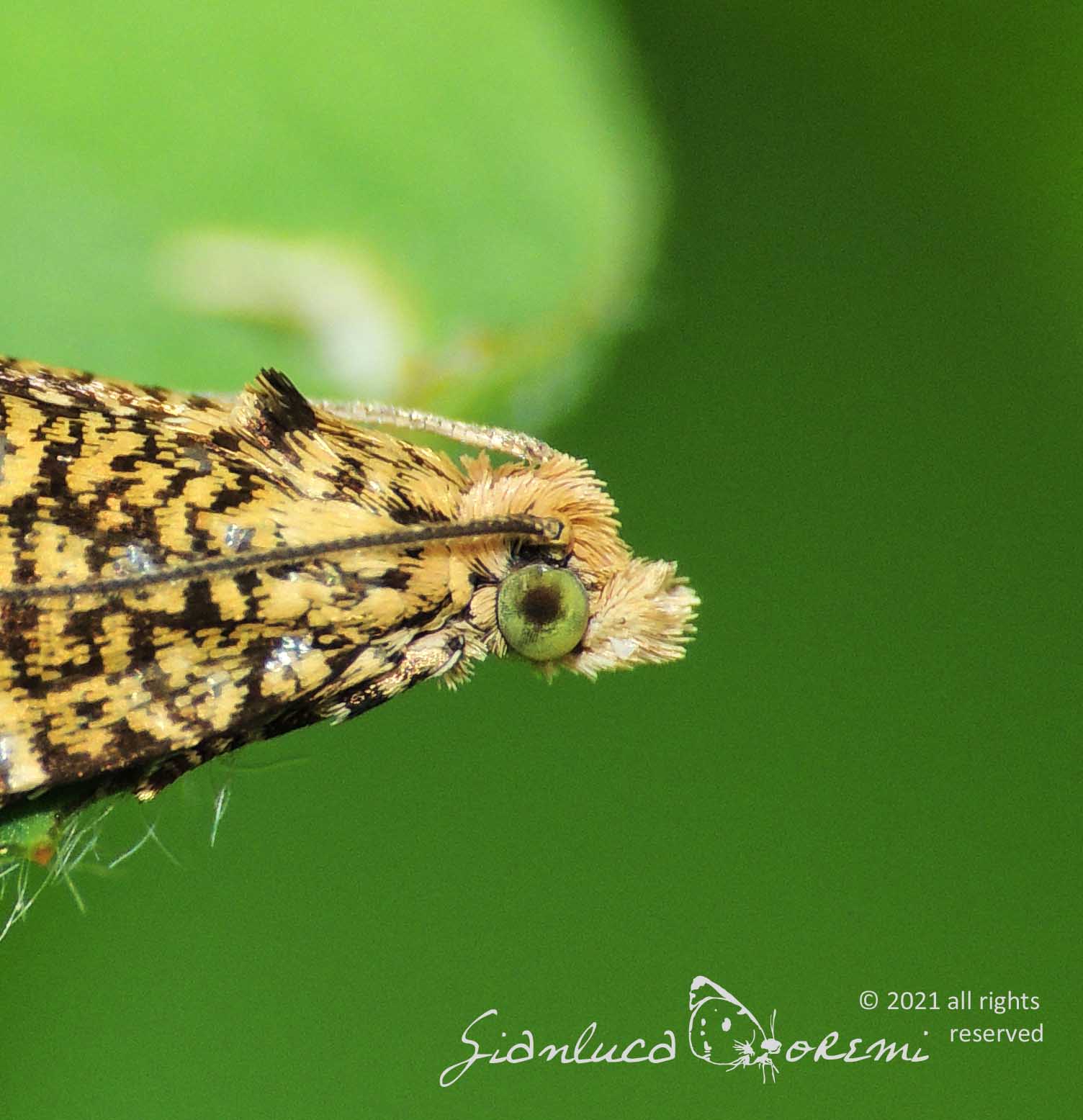
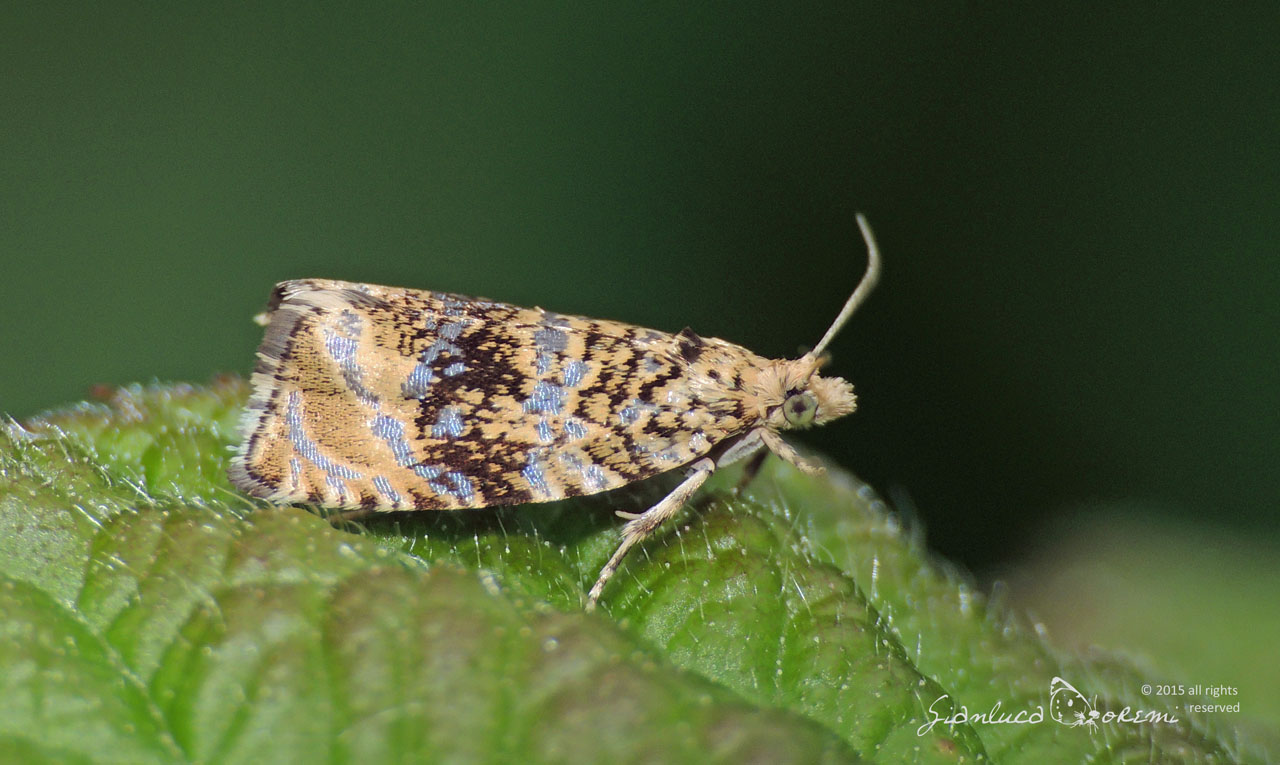
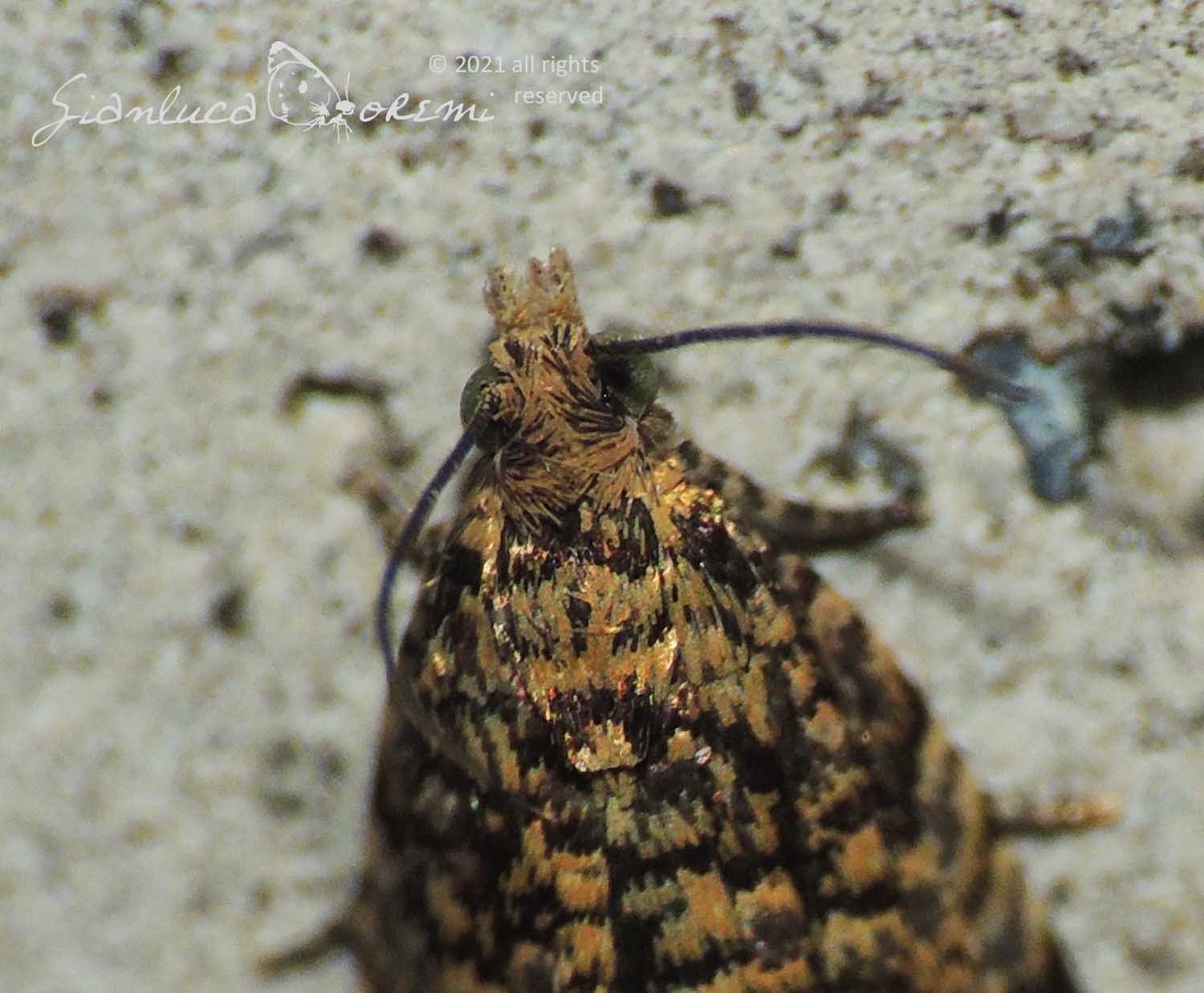
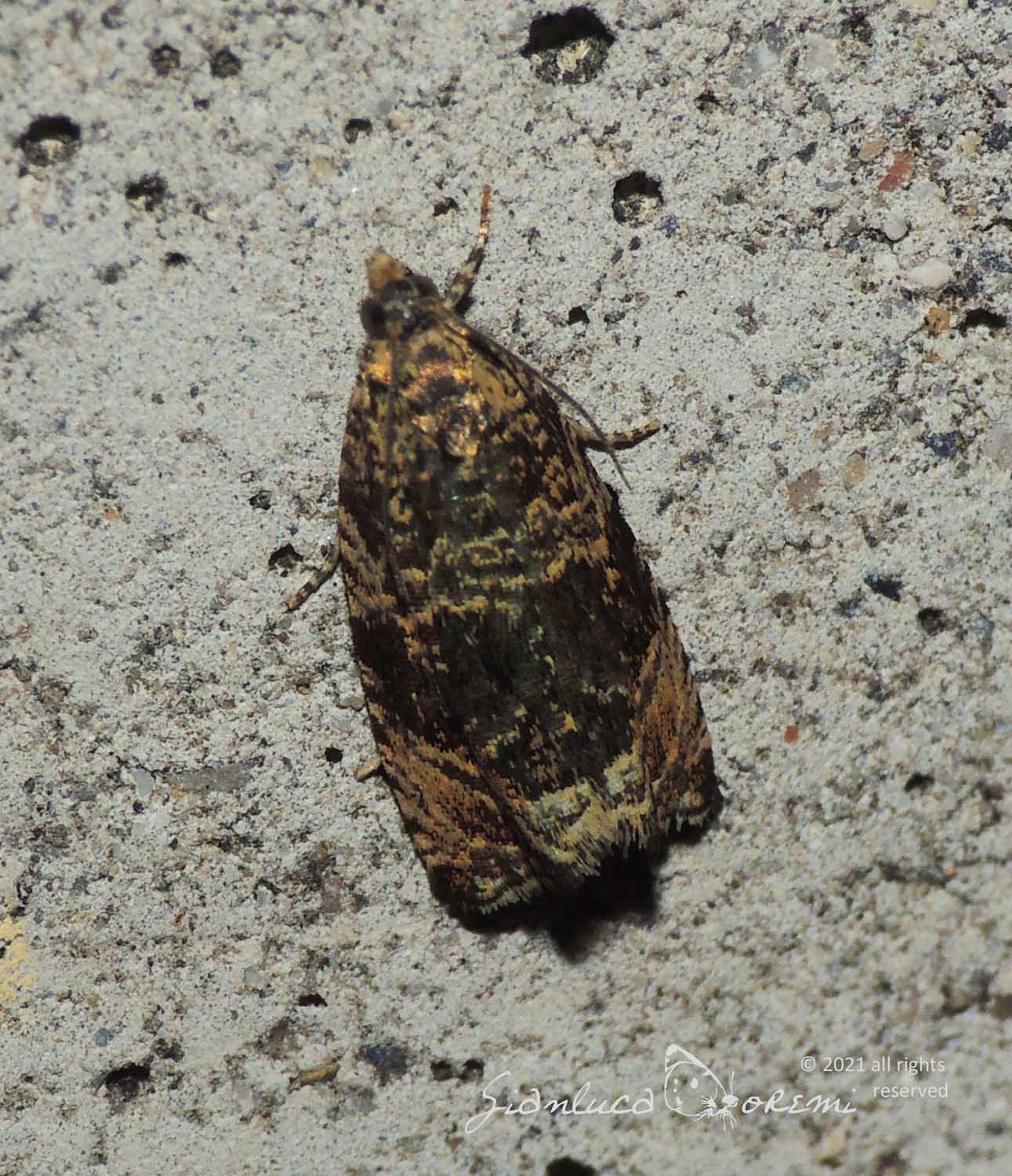
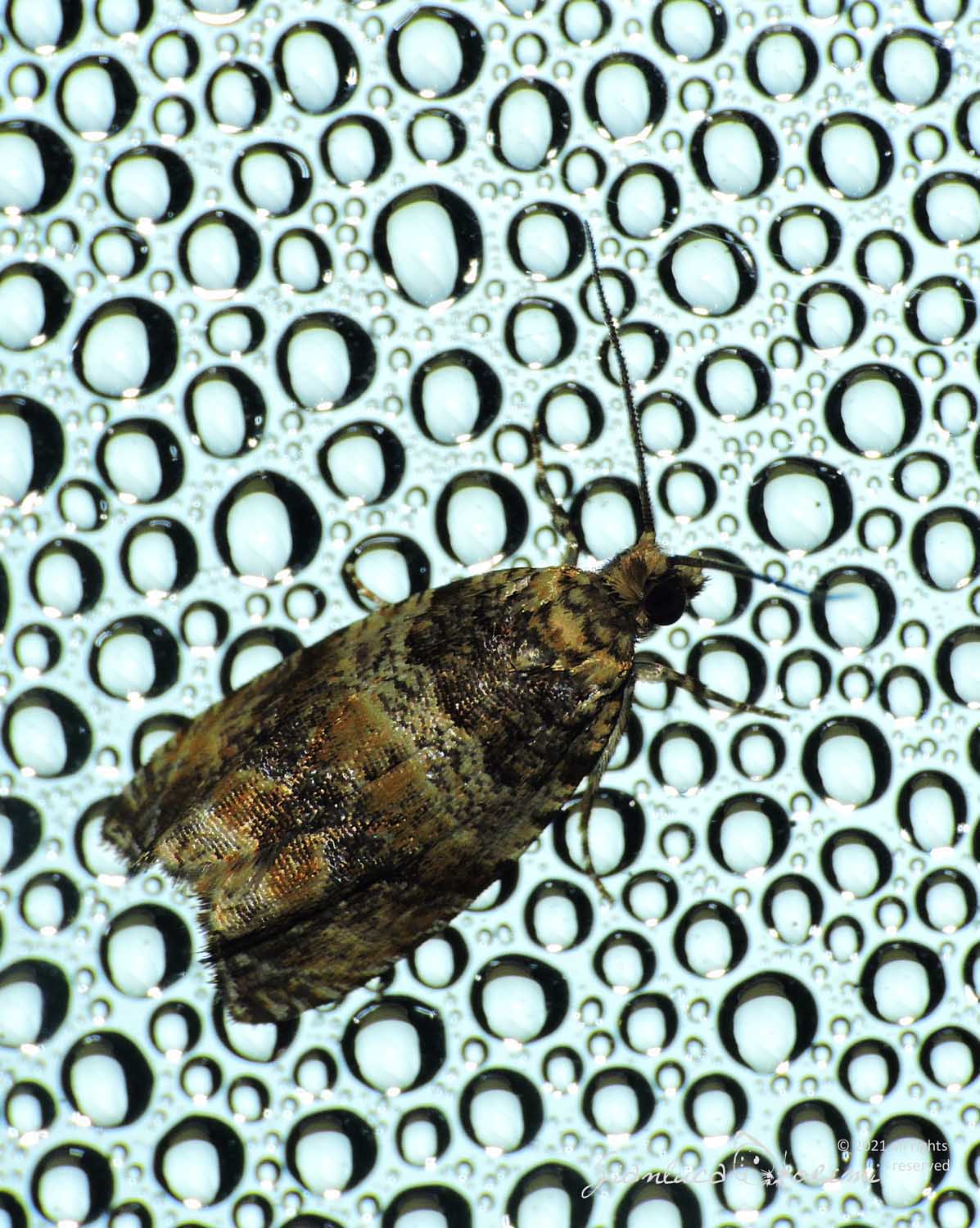
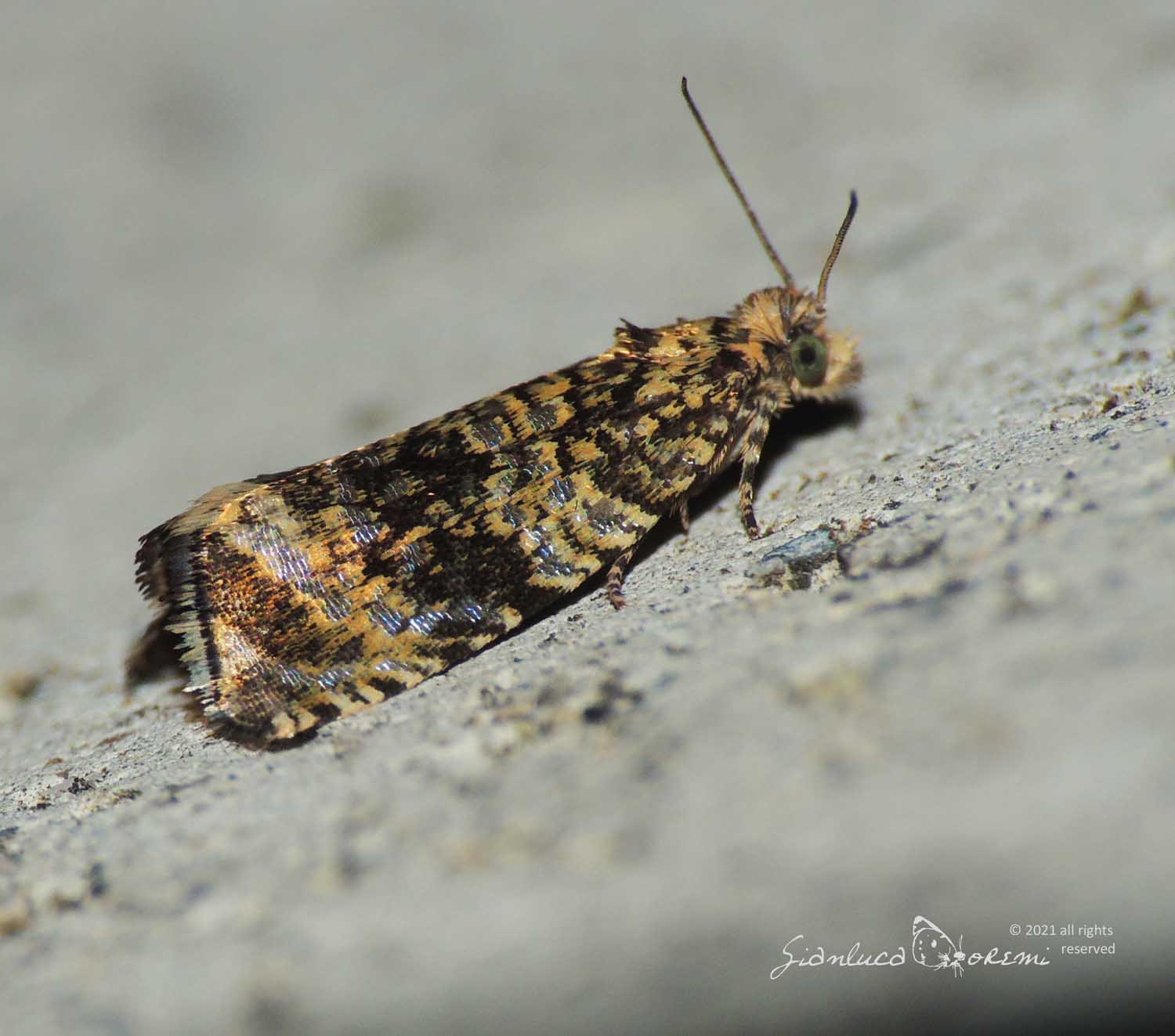
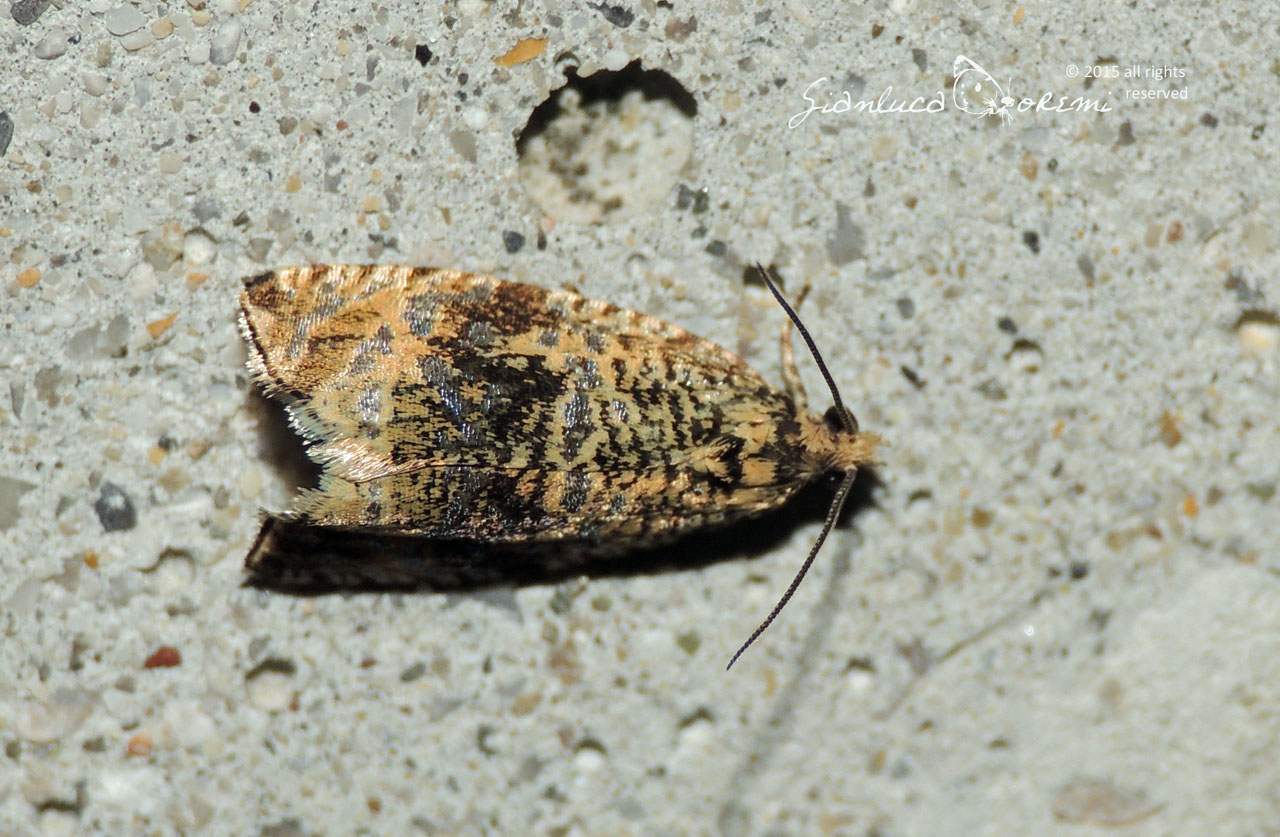
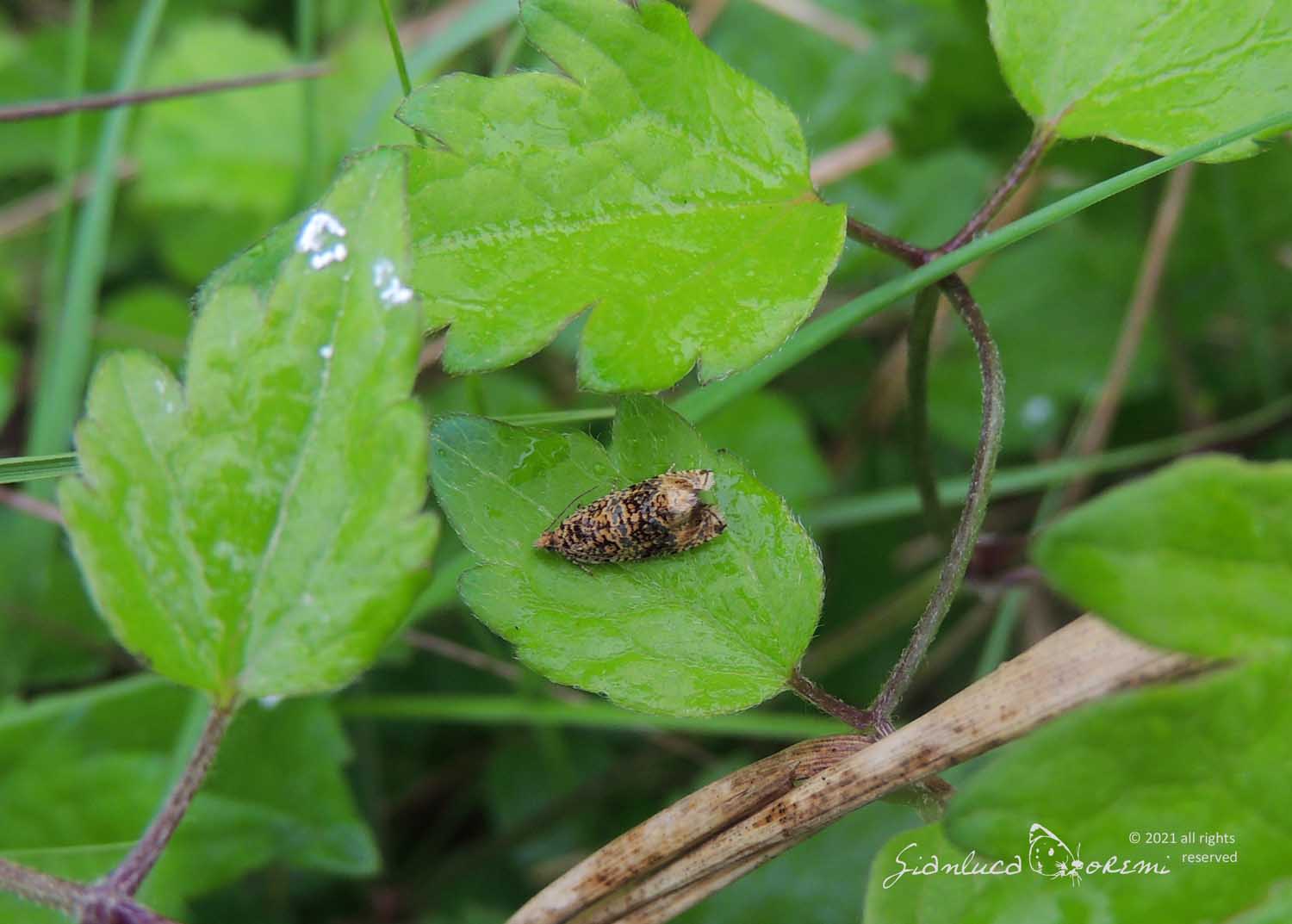
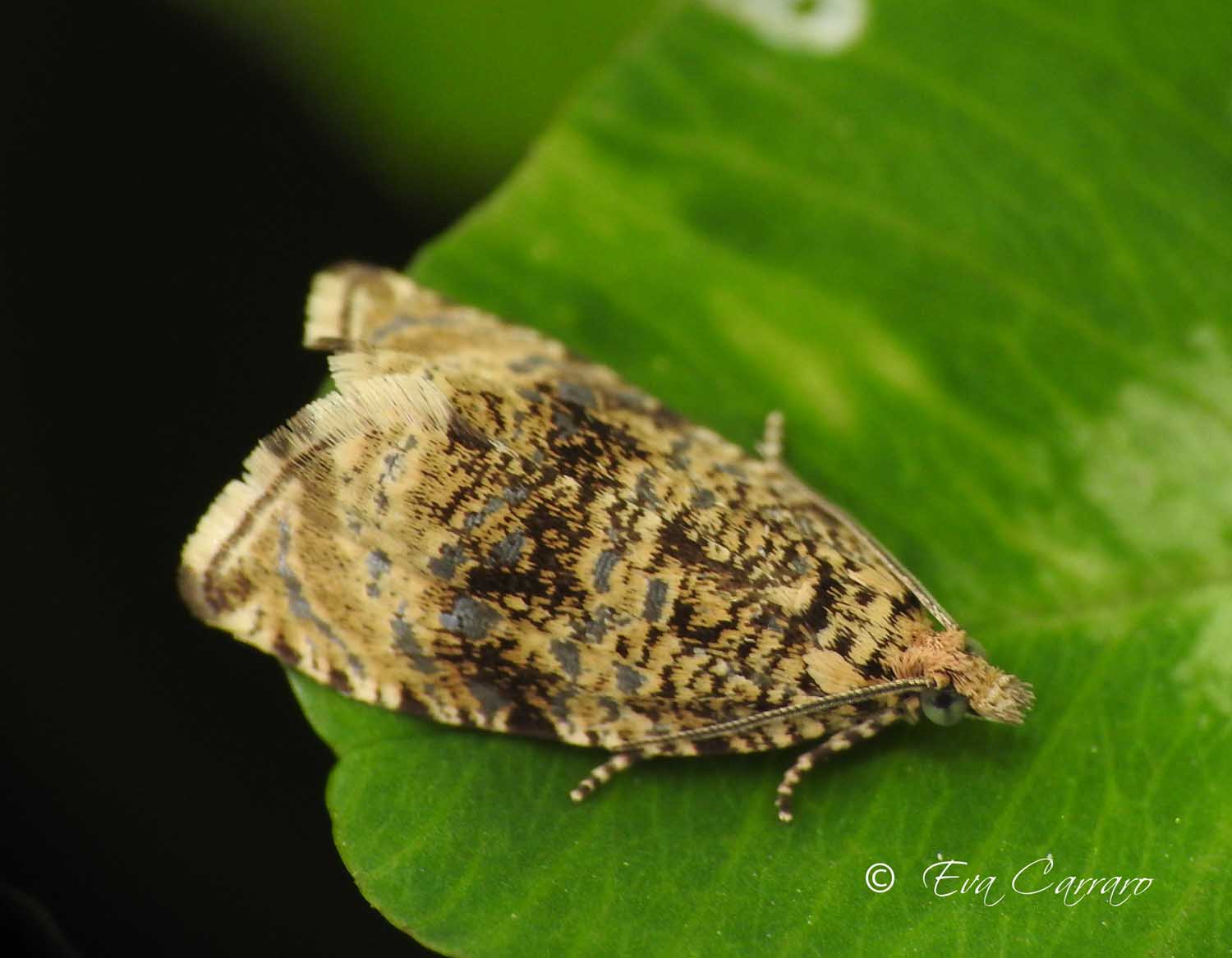
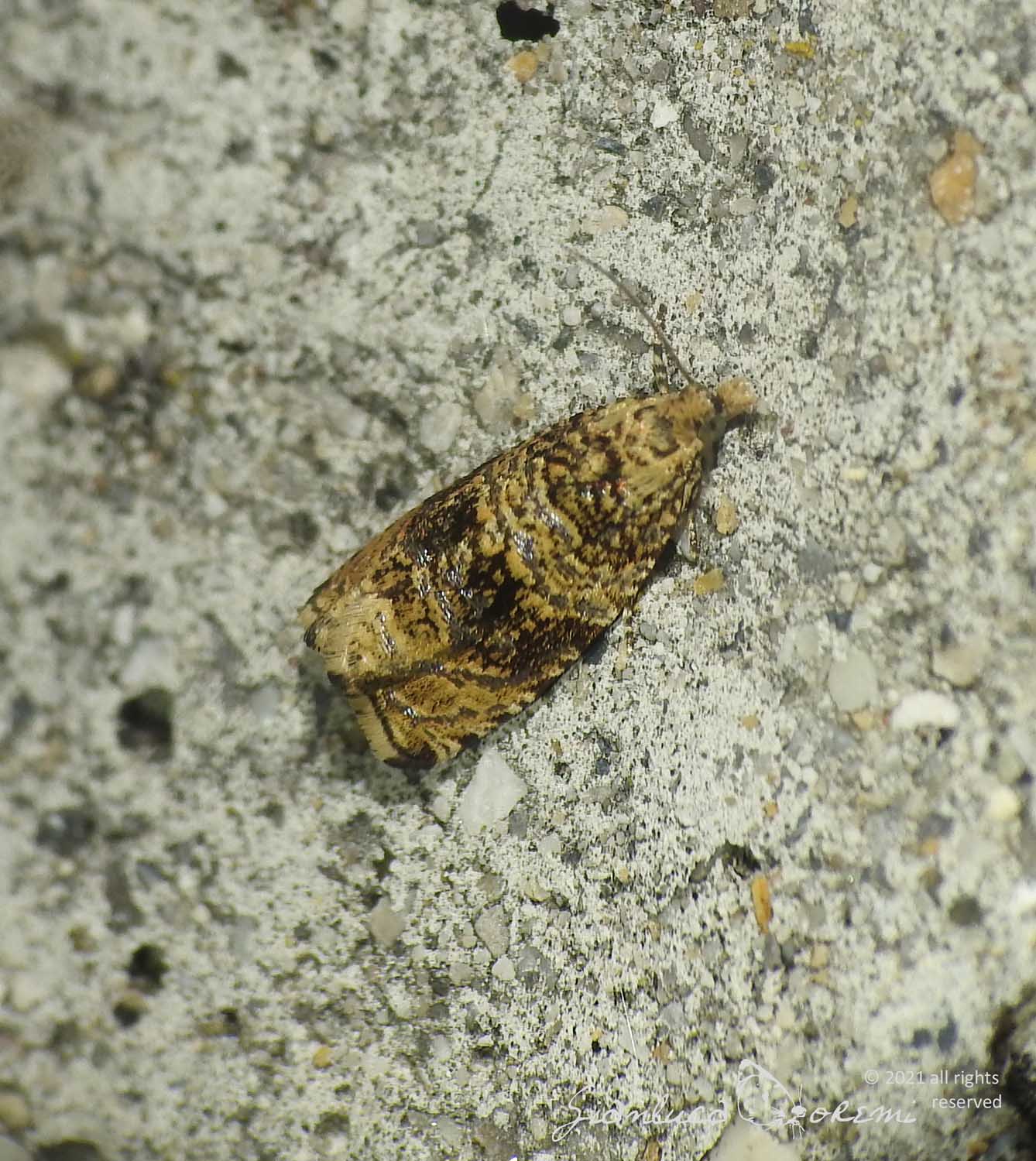

 EN
EN ITA
ITA
Social and publications